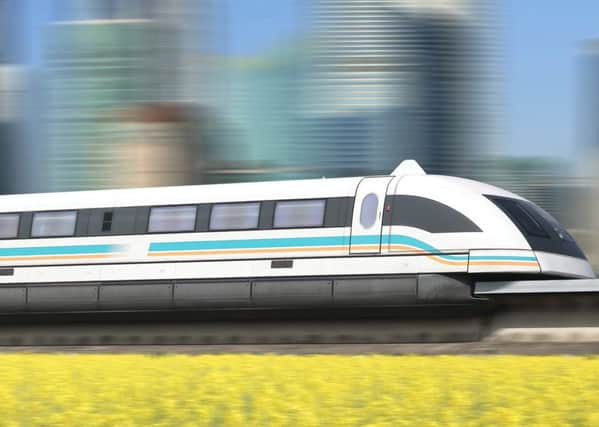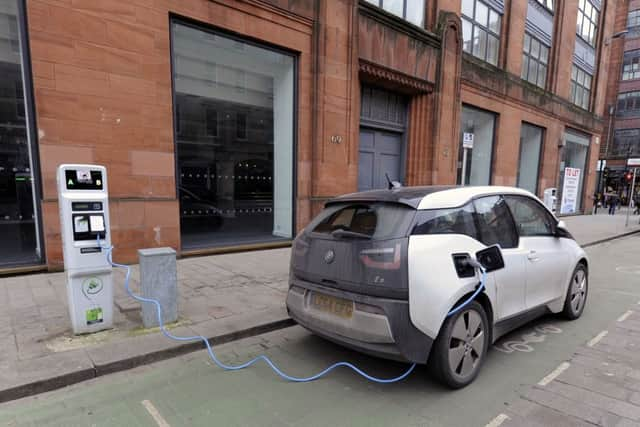Revealed: 10 projects to turn Scotland a greener shade


A taskforce of experts drawn from academia, industry and the investment community have commissioned a longlist of major low-carbon infrastructure schemes it claims are required for Scotland to meet its environmental commitments by 2050.
High speed rail for Scotland, district heating schemes, community energy storage, car-free city centres and a proposal to turn sewage into electricity are amongst the “transformative” projects.
Advertisement
Hide AdAdvertisement
Hide AdScotland’s Way Ahead – led by WWF Scotland – have asked the public for their say on which project they would support before the taskforce presents a shortlist of ideas to the Scottish Government, industry leaders and other decision makers early next year. And far from being an unachievable wishlist, it is hoped the proposals will prompt ministers to review capital spending plans to include low-carbon infrastructure projects after the 2016 Holyrood elections.


Elizabeth Leighton, project manager for Scotland’s Way Ahead, said that Scotland could not afford to further delay investing in this type of large-scale scheme.
Ms Leighton said: “We hope that people find the projects inspiring. They give us an idea about how infrastructure influences how we live our life, from the moment we wake up in the morning and flick on the heating to our schools, hospitals and offices and how they are built and how we travel to them.”
Andy Kerr, executive director of Edinburgh Centre for Carbon Innovation, said the main challenge was to link investors seeking projects with low-carbon projects that require funding.
He said: “There is an appetite in Scotland for these projects. There is no shortage of ideas. The challenge has been that the ideas get you so far then you have the investors that are looking for a project that has a business return.”
WHAT’S IN THE PLAN?
1. Major upgrades of existing rail lines.
Make journeys swifter and more appealing by accelerating the upgrade of rail lines between Scotland’s seven cities through dualling and electrification.
2. High speed rail for Scotland.
Create new capacity for 150mph trains to improve connectivity between the north east, the central belt and further south. Long-term hope for passengers to choose rail over plane and car.
3.Re-engineering of cities to favour anything but the car.
Creation of liveable cities with lower dependence on private car ownership, reduced air pollution and safe streets for pedestrians and cyclists. Redrawing city centres to make them chiefly car free.
4. Low carbon transport hubs.
Advertisement
Hide AdAdvertisement
Hide AdCharging points for low carbon travel, primarily for electric vehicles.
5. District heating schemes for Scotland’s high rises.
There are roughly 600 high rise housing blocks in Scotland with the properties most likely to benefit from district heating schemes, which distribute heat from one source.
6. Semi-rural district heating projects.
Could emulate projects in Denmark, Netherlands and Spain. Vision includes creation of a network in Fife which draws renewable heat from several disused mine workings.
7. Urban district heating.
Aberdeen already has the makings of a heating district in its council housing stock but new technology such as water source heat pumps has power to drive mass energy creation in all urban areas.
8. Retrofit of Scotland’s private, public and domestic properties.
A major programme of energy efficiency investment to generate carbon savings, address fuel poverty and reduce exposure of homes and the public sector to increasing energy costs over time.
9. Grow local energy economies with community energy storage.
Locally generate energy for local people. Of particular benefit to rural, remote or island communities who usually pay more for their energy, despite living amongst renewable energy projects.
10. Energy from waste water.
Turns the treatment of waste water from an energy consuming activity to a net energy producing activity.